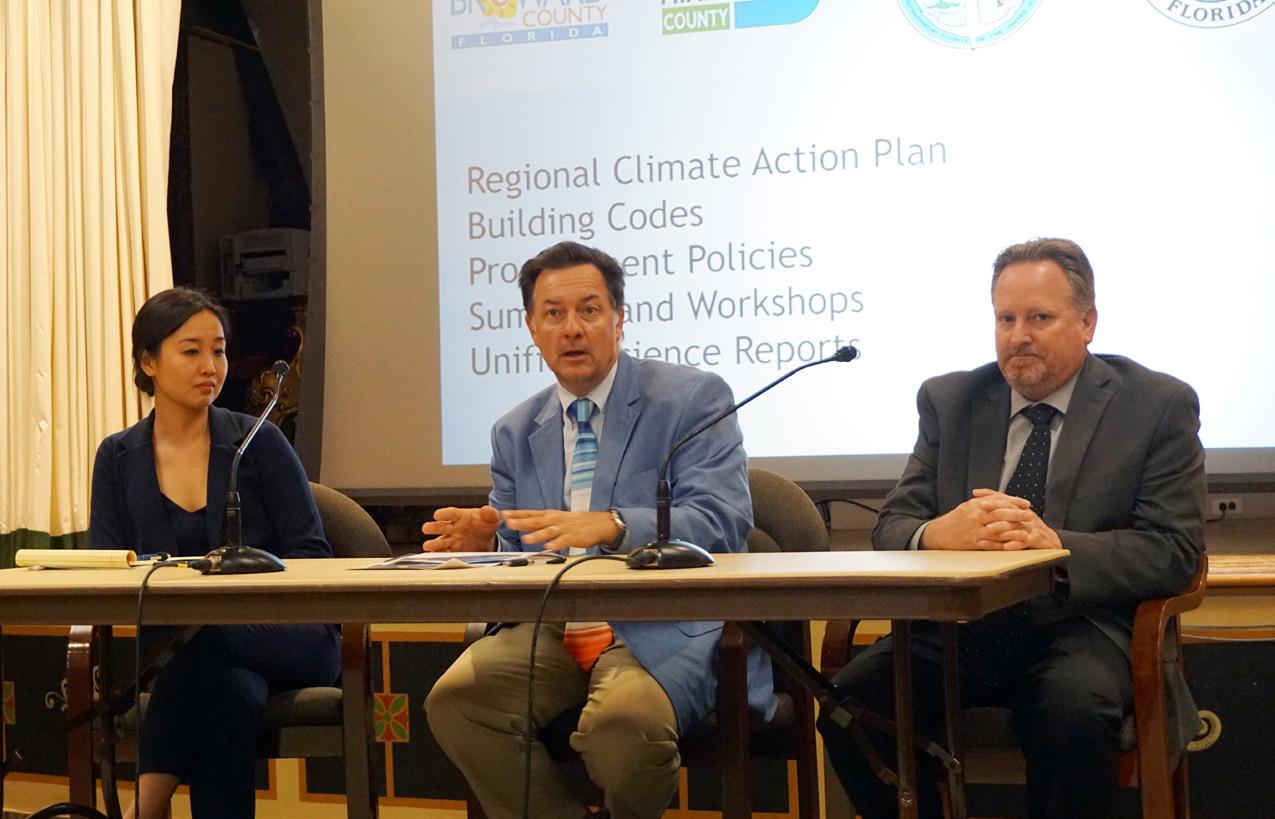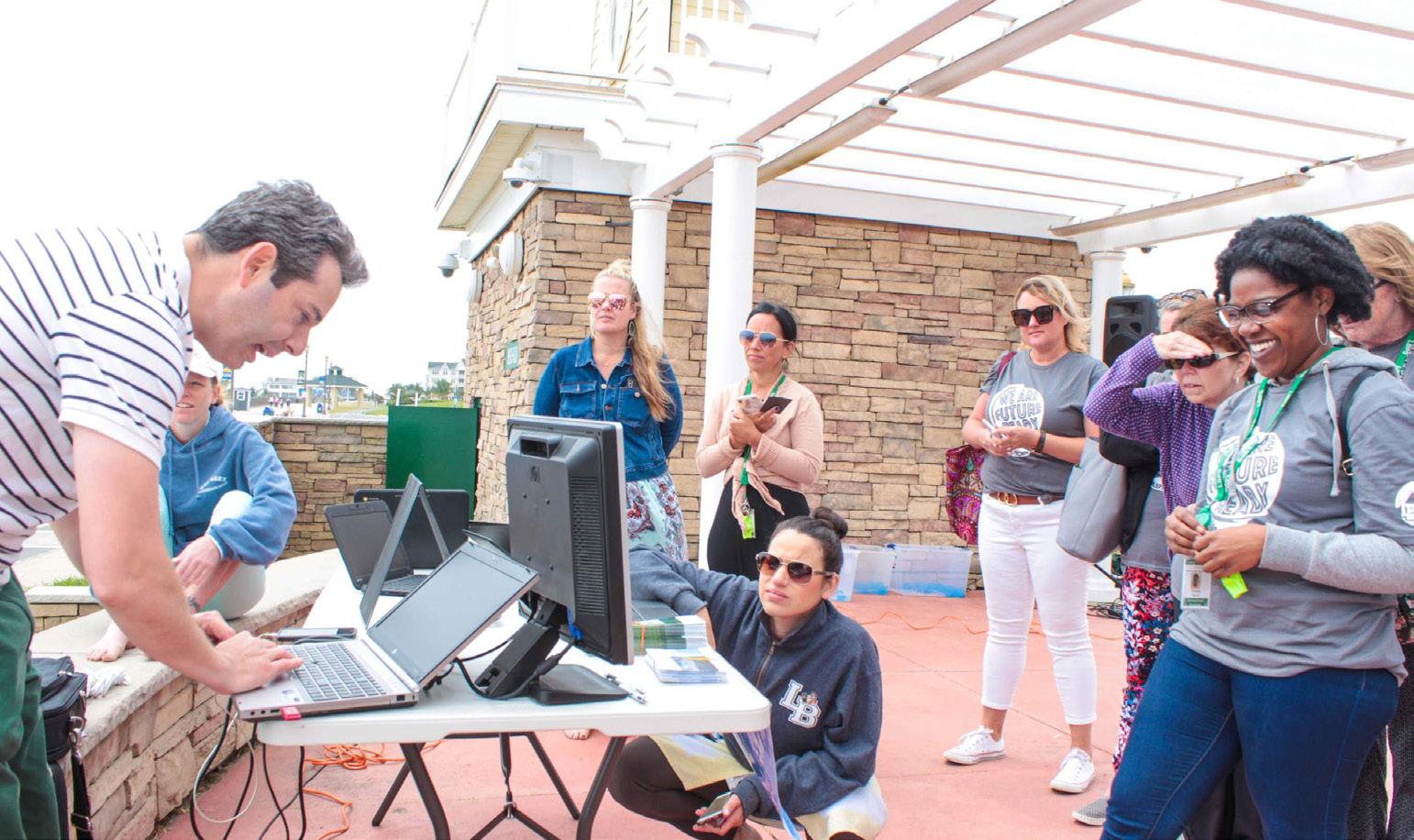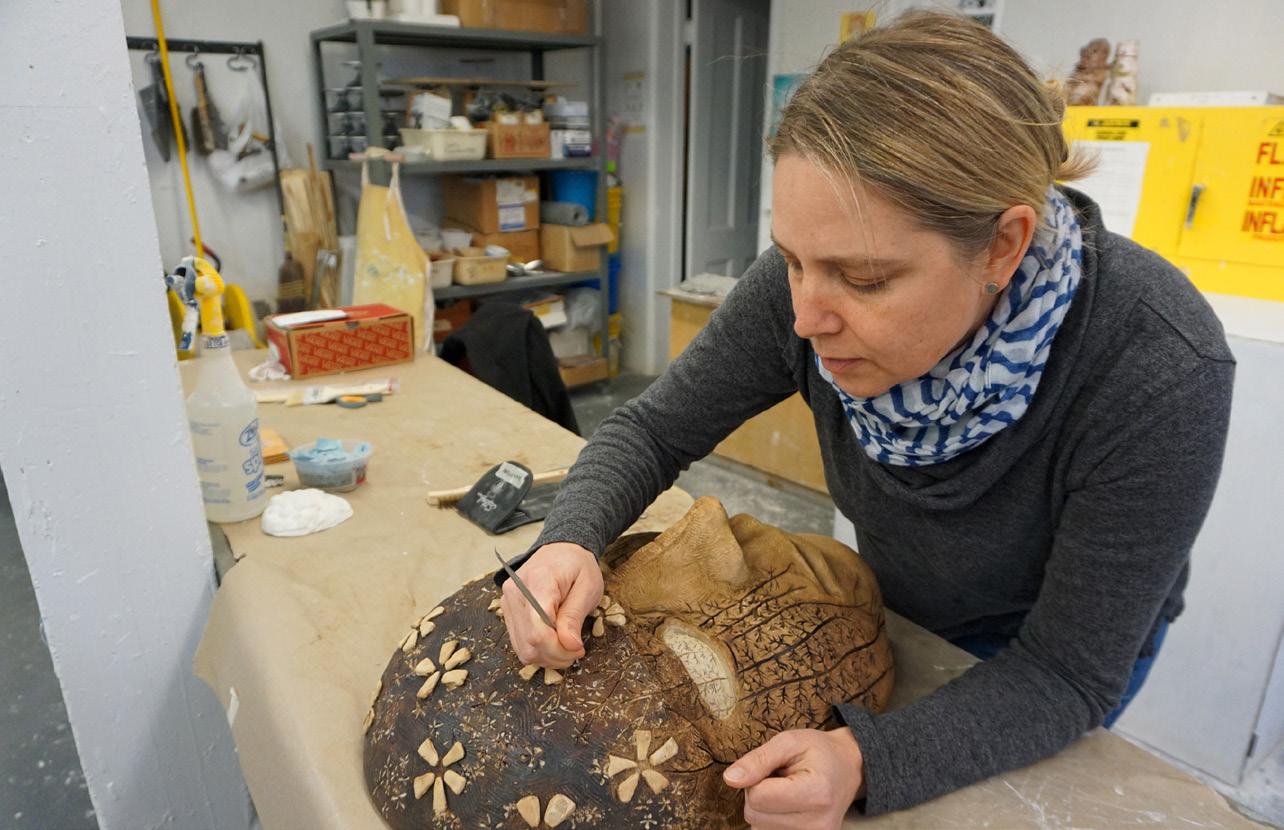
2 minute read
Harmful Algal Blooms: Facing a Rising Threat
Residents from several Shore communities took part in a spring Coastal Lakes Summit at Monmouth University to kick off the Coastal Lakes Observing Network project.
The summer of 2019 will long be remembered for the epidemic of harmful algal blooms (HAB) that caused lengthy closures at the summer tourist destinations of Lake Hopatcong and Greenwood Lake, and the Manasquan Reservoir, a critical drinking water source for several Jersey Shore towns. The growing frequency of HABs presents a threat with both economic and public health dimensions, as the toxins produced by the microorganisms in these events have been known to cause fish kills, make humans sick and even kill pets upon contact.
Advertisement
With grant support from the Jules J. Plangere, Jr. Family Foundation, Dr. Jason Adolf and student researchers from his Phytoplankton and Harmful Algal Bloom Lab (PHAB Lab) are working with Monmouth County communities and the New Jersey Department of Environmental Protection to study the problem in coastal lakes and their tributaries. Their research is helping build a better understanding of why blooms occur in these waters so future events can be predicted and prevented.
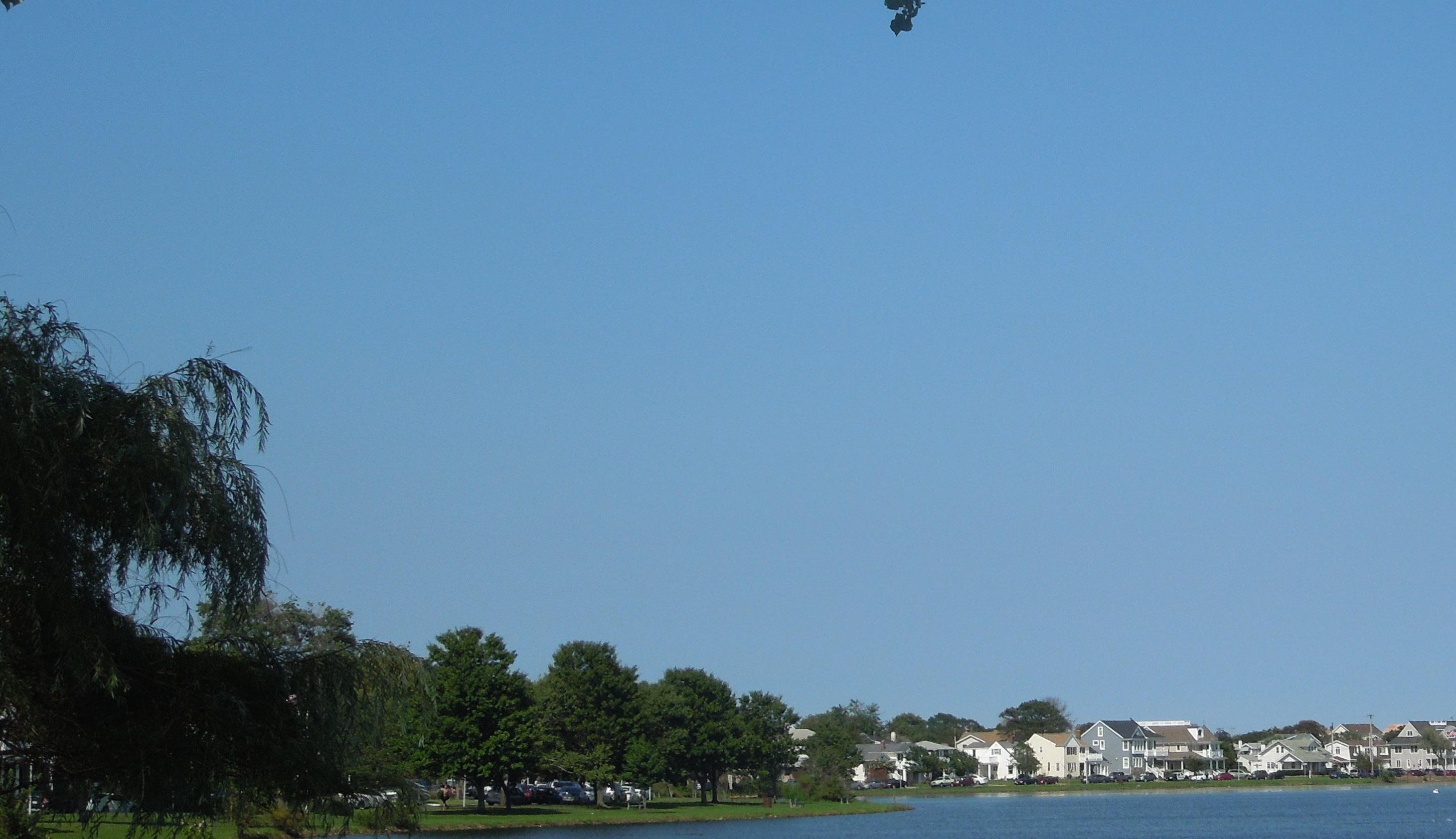
Through a citizen science initiative called the Coastal Lakes Observing Network (CLONet), Adolf and his students are training Shore residents to conduct regular water sampling and file their results to an online database, where each lake’s data could be analyzed. In the summer and fall, the volunteers collected nearly 200 water samples from Deal Lake, Lake Como, Lake Takanassee, Spring Lake, Sunset Lake, Sylvan Lake and Wesley Lake, recording information including water temperatures, oxygen levels, pH and weather conditions at the time of their sampling. Conferences were held on campus in the spring to kick off the project and the fall for the citizen scientists to share lessons learned.
The data gathered can serve as a baseline that the impacts of specific management and restoration projects can be measured against – for example, lake dredging, the installation of green infrastructure, or housing developments under construction along a lake’s tributaries. Sampling will continue in 2020.
PHAB-ULOUS WORK IN BRANCHPORT CREEK
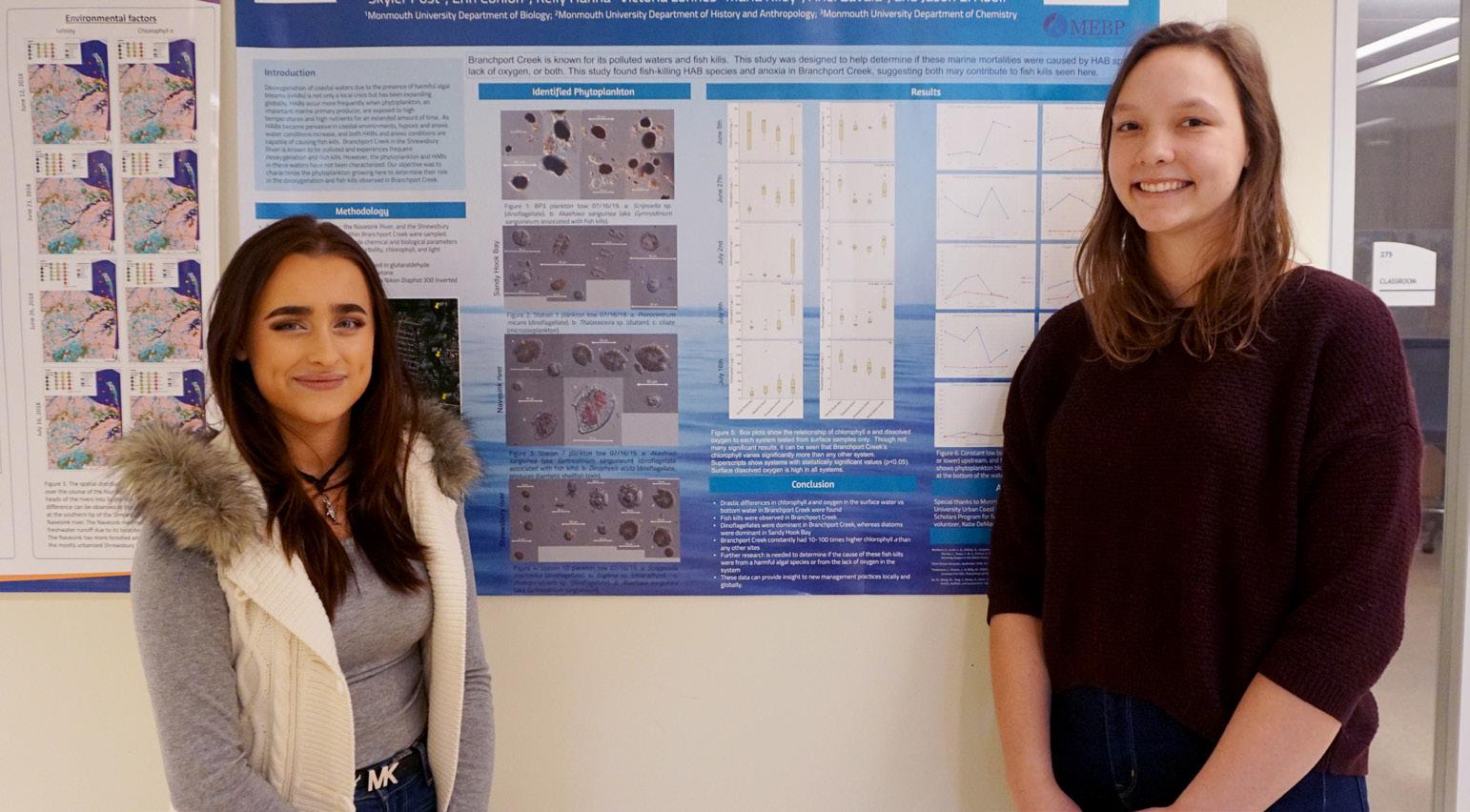
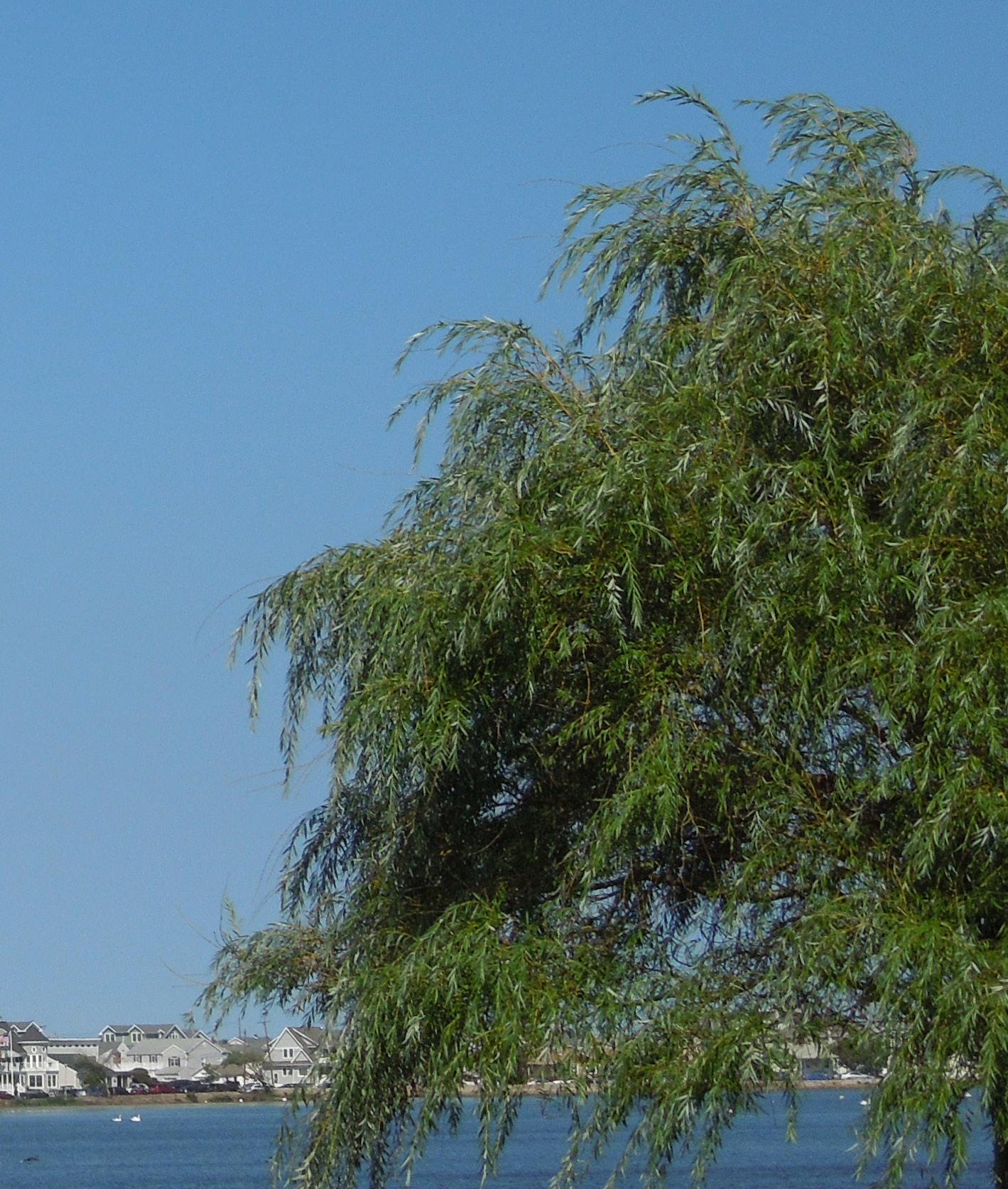
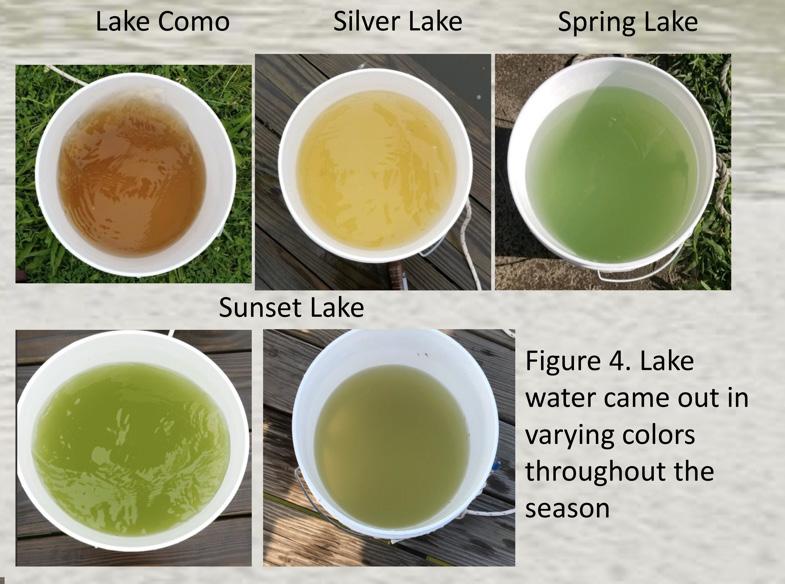
Skyler Post (l-r) and Erin Conlon were awarded the Best Undergraduate Poster prize at the 10th Annual Harmful Algal Bloom Symposium.
Monmouth University students Erin Conlon and Skyler Post’s research poster earned the top prize for work presented by undergraduates at the 10th U.S. Harmful Algal Bloom (HAB) Symposium, held in Orange Beach, Alabama. The poster highlighted the students’ ongoing research on low-oxygen conditions and toxic organisms in Branchport Creek, a Shrewsbury River tributary located in Oceanport and Long Branch, New Jersey. Through a research project supported by the UCI, the Phytoplankton and Harmful Algal Bloom Lab (PHAB Lab) students focused both on water conditions and the microscopic plankton and bacteria living in the water. They detected phytoplankton biomass levels up to 100 times higher in the creek than anywhere else in the watershed and the presence of organisms known to produce toxins that can irritate or kill wildlife. The students’ work could offer new insight on fish kills that have occurred in the creek in recent years.


